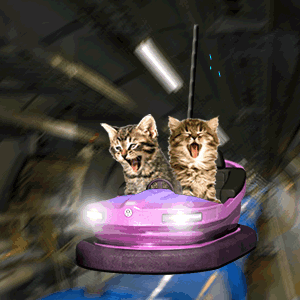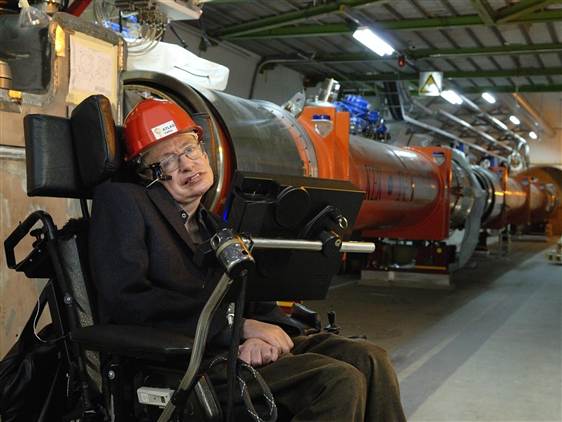
...they're going to have to "repurpose" CERN..
B3ta
Damn! I swore I'd never nick stuff from there again.
Moderators: Elvis, DrVolin, Jeff




“Previous sonification projects from the team include the creation of music from volcanic activity around the world, making it easier to spot potential eruptions by listening to changes in musical pitch.”
I’ve added it to RI because I got excited about the solo track and its subsequent track of an instrumental arrangement, both of which are mp3’s linked at the bottom of this post.
hanshan, thank you. There’s more, too.hanshan wrote:Whoa - wicked coolExcerpt from the GÉANT press release wrote:“Previous sonification projects from the team include the creation of music from volcanic activity around the world, making it easier to spot potential eruptions by listening to changes in musical pitch.”
piano solo is excellent
Thanks, Allegro
...
jingofever wrote:They may have found it. If not then they are close to eliminating the Standard Model Higgs particle but numerous other Higgs particles will still be possible. A good place to read about all of this is Of Particular Significance.


 The craft continues to explore our universe many years after its original mission ended in 1980, thanks to its radioisotope thermoelectric generators. Recent data has shown an increase in galactic cosmic rays and charged particles, which Voyager scientists are leading to conclude… “humanity’s first emissary to interstellar space is on the edge of our solar system.” Domenico Vicinanza, a product manager within the GÉANT project will be downloading the NASA data from the Voyager 1 craft, live at booth #3650 at SC12. It will then be sent across the Atlantic to EGI.eu, the biggest grid computing facility in Europe, using links procured through the ACE partnership and through SCInet, Internet2 and GÉANT networks. A sonification algorithm will convert data into melodies which will then travel back to Salt Lake City where they will be arranged in a concert piece and played live.
The craft continues to explore our universe many years after its original mission ended in 1980, thanks to its radioisotope thermoelectric generators. Recent data has shown an increase in galactic cosmic rays and charged particles, which Voyager scientists are leading to conclude… “humanity’s first emissary to interstellar space is on the edge of our solar system.” Domenico Vicinanza, a product manager within the GÉANT project will be downloading the NASA data from the Voyager 1 craft, live at booth #3650 at SC12. It will then be sent across the Atlantic to EGI.eu, the biggest grid computing facility in Europe, using links procured through the ACE partnership and through SCInet, Internet2 and GÉANT networks. A sonification algorithm will convert data into melodies which will then travel back to Salt Lake City where they will be arranged in a concert piece and played live.
Users browsing this forum: No registered users and 17 guests